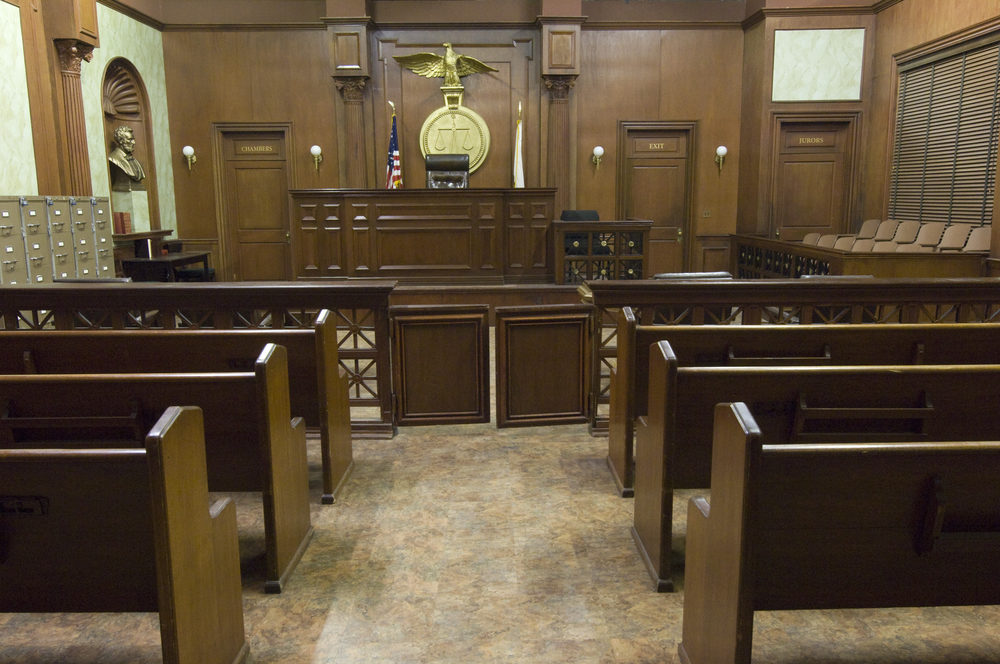JPML To Consider Consolidation Of 3M Combat Arms Earplug Lawsuits On March 28

As 3M Company continues to face a growing number of Combat Arms earplug lawsuits, each alleging that design defects left U.S. military veterans with hearing damage, a panel of federal judges will decide later this month whether to centralize the litigation before one judge for coordinated pretrial proceedings.
Over the past few months, hundreds of product liability lawsuits have been filed throughout the federal court system over problems with the dual-ended 3M Combat Arms earplugs, which were standard issue by the U.S. military between 2003 and 2015.
Plaintiffs raise common questions of fact and law in the complaints, claiming that defective earplugs left them with hearing loss following military service, and some estimates suggest that thousands of additional cases are likely to be filed in the future.

Did You Know?
Millions of Philips CPAP Machines Recalled
Philips DreamStation, CPAP and BiPAP machines sold in recent years may pose a risk of cancer, lung damage and other injuries.
Learn MoreCombat Arms Earplugs, Version 2 (CAEv2) were originally introduced by Aearo before it was acquired by 3M Company. The reversible earplugs are designed to serve as traditional earplugs when inserted one way, but the manufacturer indicated that they provided filtered noise reduction when reversed, blocking loud battlefield noises, while allowing the wearer to hear spoken commands.
According to allegations raised in the lawsuits, the manufacturers knew for years that the earplugs were defective, and too short to properly fit in the ear. As a result, military service members were allegedly left without adequate hearing protection, after the earplugs failed to seal the ear canal.
On January 25, plaintiff John Ciaccio filed a motion to transfer with the U.S. Judicial Panel on Multidistrict Litigation (JPML), requesting that all cases filed throughout the federal court system be transferred to the District of Minnesota for coordinated pretrial proceedings, to avoid duplicative discovery and conflicting rulings from different judges as the number of cases grows.
At the time, there were only eight cases filed nationwide. However, according to a response (PDF) filed by 3M Company only three weeks later, the manufacturer was already aware of at least 222 related complaints filed in various different U.S. District Courts across the country by February 19.
While the manufacturer indicates that it also supports centralizing the litigation in the U.S. District Court for the District of Minnesota, which is where the company’s headquarters are located, a number of other responses filed by various plaintiffs have proposed different venues as the most appropriate location for the litigation.
The U.S. JPML has agreed to consider oral arguments on the motion during an upcoming hearing scheduled for March 28, at the E. Barrett Prettyman United States Courthouse in Washington, D.C.
In complex product liability litigation, where a large number of claims are filed throughout the federal court system by individuals who suffered similar injuries as a result of the same product, it is common for the federal court system to centralize the litigation for pretrial proceedings. However, if settlements are not reached during discovery or following a series of early “bellwether” trials, each claim may later be remanded back to the U.S. District Court where it was originally filed to go before a jury.
In July 2018, 3M reached a $9.1 million settlement over the Combat Arms earplug problems with the Department of Justice, resolving claims that it defrauded the government by knowingly selling the defective earplugs, and then by causing soldiers to suffer hearing loss whose health issues have to be addressed by the government.
Want a weekly update on top lawsuits, recalls & warnings?
"*" indicates required fields






0 Comments